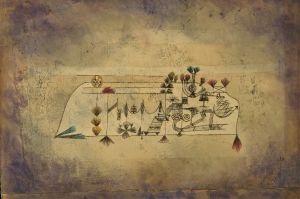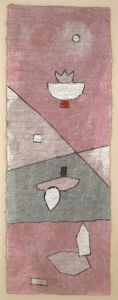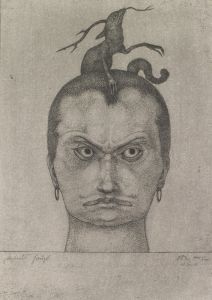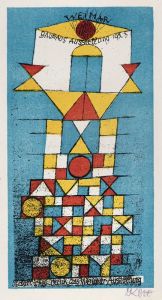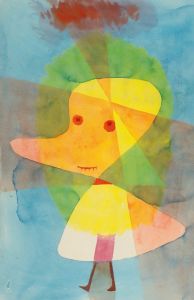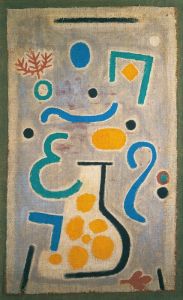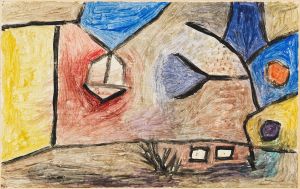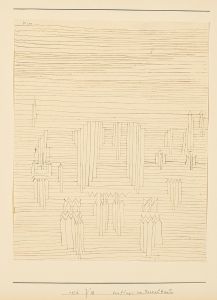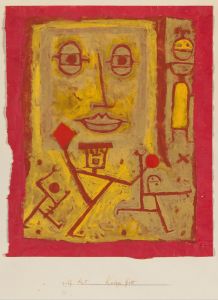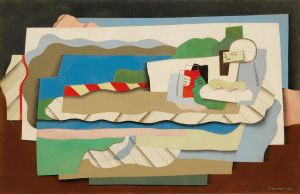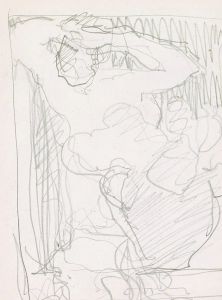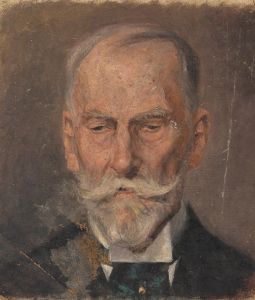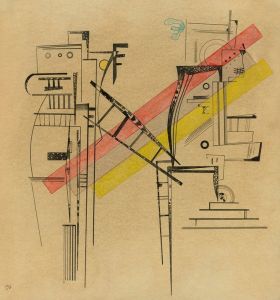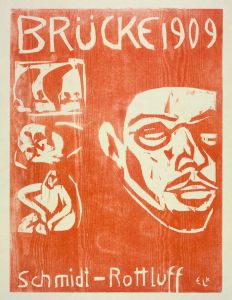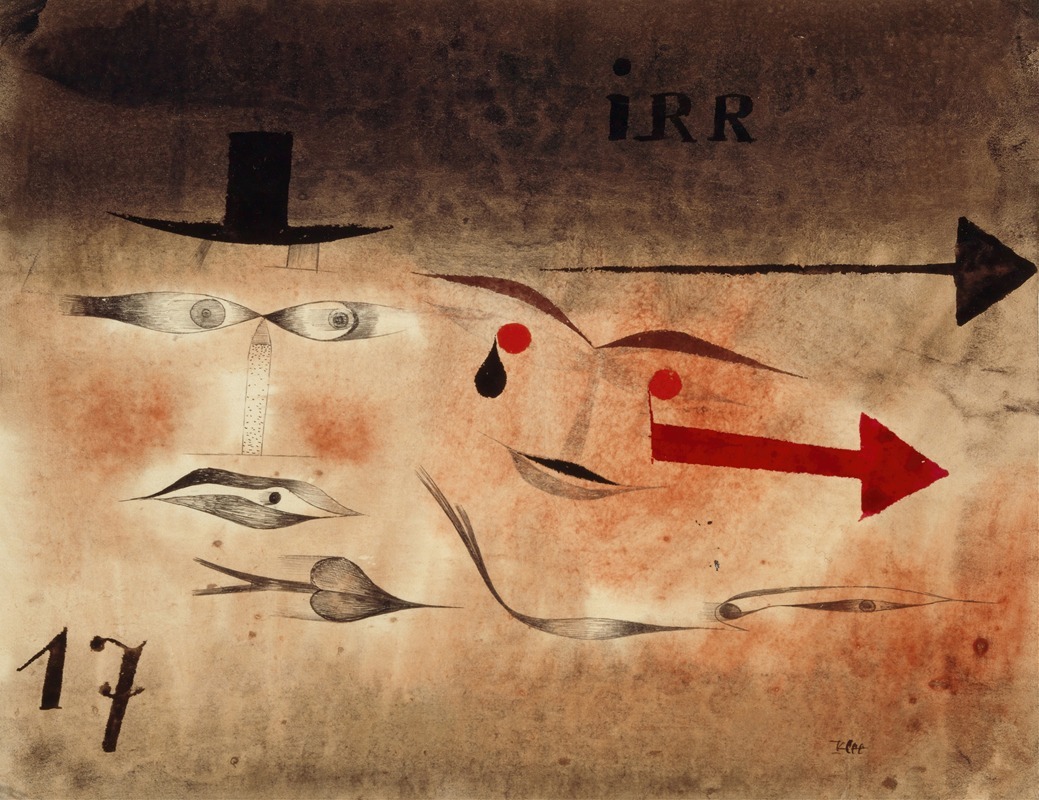
Seventeen, Insane
A hand-painted replica of Paul Klee’s masterpiece Seventeen, Insane, meticulously crafted by professional artists to capture the true essence of the original. Each piece is created with museum-quality canvas and rare mineral pigments, carefully painted by experienced artists with delicate brushstrokes and rich, layered colors to perfectly recreate the texture of the original artwork. Unlike machine-printed reproductions, this hand-painted version brings the painting to life, infused with the artist’s emotions and skill in every stroke. Whether for personal collection or home decoration, it instantly elevates the artistic atmosphere of any space.
Paul Klee's painting Seventeen, Insane is a work created by the Swiss-born German artist who is widely recognized for his highly individual style, which blends elements of expressionism, surrealism, and abstraction. Klee's works often explore themes of color, form, and symbolism, and he is known for his innovative use of line and texture. However, specific details about the painting Seventeen, Insane are scarce, and it is not among Klee's most widely studied or documented works.
Paul Klee (1879–1940) was a prolific artist who produced over 9,000 works during his lifetime. His art was deeply influenced by his experiences as a teacher at the Bauhaus, his travels to Tunisia, and his interest in music, which often informed the rhythm and structure of his compositions. Klee's works frequently feature abstract forms, whimsical figures, and a playful yet profound exploration of human emotion and thought.
Given the lack of detailed historical records or scholarly analysis specifically addressing Seventeen, Insane, it is difficult to provide a comprehensive description or contextual background for this particular painting. It is possible that the work reflects Klee's interest in psychological themes, as the title suggests a focus on mental states or emotional intensity. However, without further documentation or analysis, any interpretation of the painting's meaning or significance would be speculative.
As with many of Klee's works, Seventeen, Insane may have been created using his characteristic techniques, such as layering watercolor or oil paint on paper or canvas, often combined with ink or pencil. Klee's mastery of color theory and his ability to evoke complex emotions through simple forms are hallmarks of his artistic style.
In summary, while Paul Klee's contributions to modern art are well-documented and celebrated, specific information about the painting Seventeen, Insane is limited. Further research or access to archival materials may be required to provide a more detailed account of this work.





